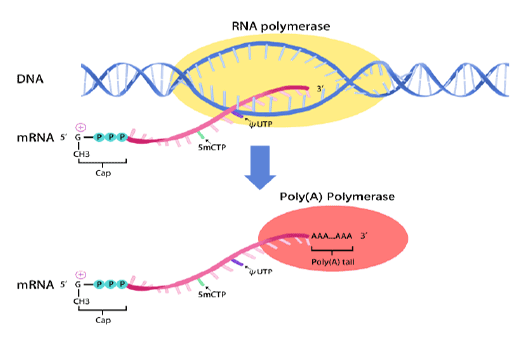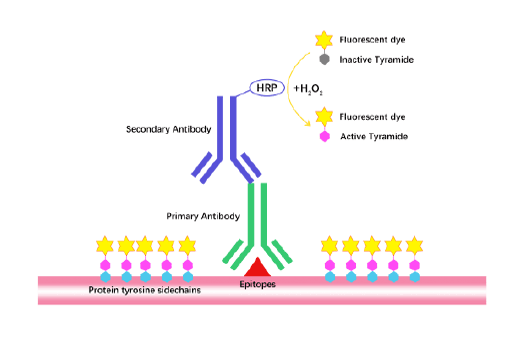1-(1-Naphthyl) piperazine (hydrochloride)
1-(1-Naphthyl) piperazine (1-NP) is a serotonergic ligand which could bind nonselectively with multiple serotonin (5-HT) receptors [1].
The serotonin receptors, also known as 5-HT receptors, belong to a family of G protein-coupled receptors (GPCRs) and ligand-gated ion channels (LGICs) found in the central and peripheral nervous systems. The serotonin receptors have been involved in many biological and neurological processes, such as aggression, anxiety, cognition, learning, memory, and mood [2].
In vitro: 1-NP binds to human 5- HT6 (h5-HT6) serotonin receptors with a Ki of 120 nM [1]. In rat cortical membranes, 1-NP inhibited the activity of 5-HT1 and 5-HT2 with IC50 values of 6 and 1 nM, respectively. 1-NP also blocked contraction in the rat fundus induced by either 5-HT or tryptamine with an IC50 of 1 nM [3].
In vivo: In squirrel monkeys, 1-NP (0.3–1.0 mg/kg) blocked the decrease of responding under fixed-interval (FI) schedules of presentation of food caused by DOB (0.01–0.3 mg/kg), an agonist of 5-HT2. 1-NP also antagonized the decreases in responding produced by quipazine (0.1–5.6 mg/kg), another agonist with predominant 5-HT2 actions [4].
References:
[1] Lee M, Rangisetty J B, Pullagurla M R, et al. 1-(1-Naphthyl) piperazine as a novel template for 5-HT 6 serotonin receptor ligands[J]. Bioorganic & medicinal chemistry letters, 2005, 15(6): 1707-1711.
[2] Nichols D E, Nichols C D. Serotonin receptors[J]. Chemical reviews, 2008, 108(5): 1614-1641.
[3] Cohen M L, Wittenauer L A. Relationship between serotonin and tryptamine receptors in the rat stomach fundus[J]. Journal of Pharmacology and Experimental Therapeutics, 1985, 233(1): 75-79.
[4] McKearney J W. Serotonin-antagonist effects of 1-(1-naphthyl) piperazine on operant behavior of squirrel monkeys[J]. Neuropharmacology, 1989, 28(8): 817-821.
| Storage | Store at -20°C |
| M.Wt | 248.7 |
| Cas No. | 104113-71-5 |
| Formula | C14H16N2·HCl |
| Synonyms | 1-NP |
| Solubility | insoluble in H2O; ≥13.7 mg/mL in DMSO; ≥14.5 mg/mL in EtOH |
| Chemical Name | 1-(1-naphthalenyl)-piperazine, monohydrochloride |
| SDF | Download SDF |
| Canonical SMILES | C(C1)NCCN1c1cccc2c1cccc2.Cl |
| Shipping Condition | Small Molecules with Blue Ice, Modified Nucleotides with Dry Ice. |
| General tips | We do not recommend long-term storage for the solution, please use it up soon. |
Quality Control & MSDS
- View current batch:
-
Purity = 98.00%
- COA (Certificate Of Analysis)
- MSDS (Material Safety Data Sheet)
- Datasheet
Chemical structure









